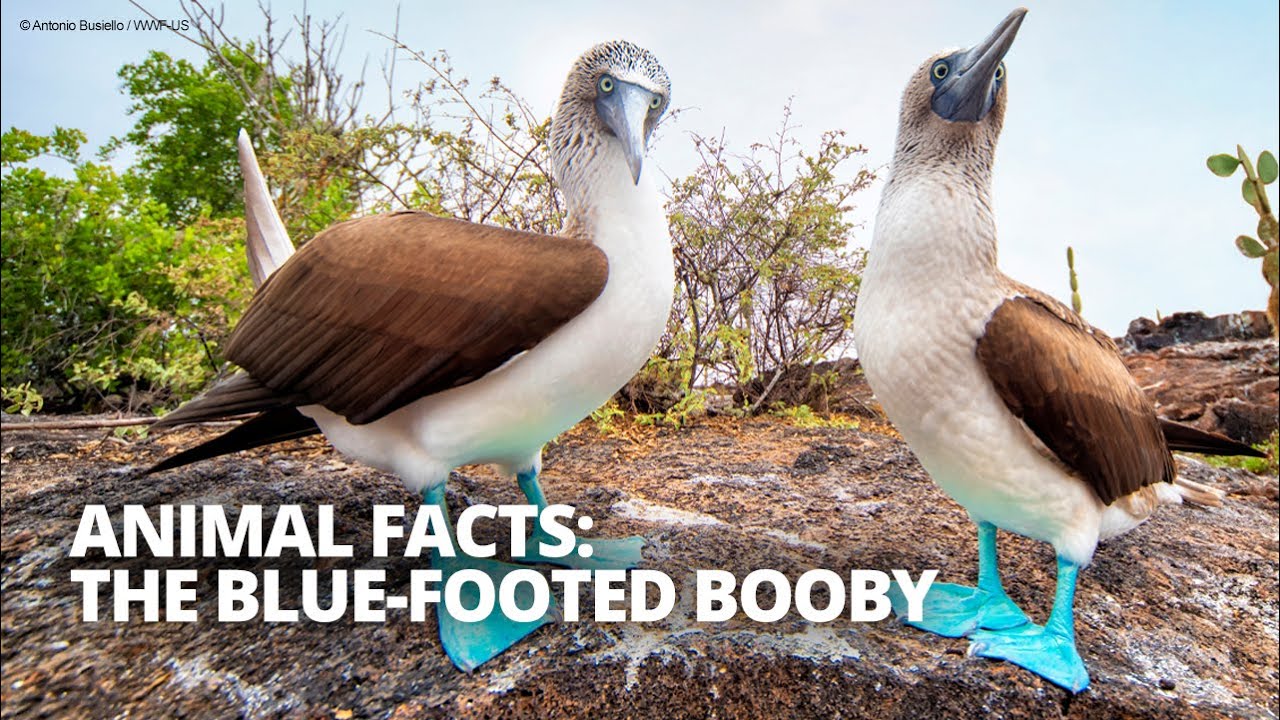– Why blue-footed boobies have blue feet
– The mating rituals of blue-footed boobies
– The diet and hunting techniques of blue-footed boobies
– Conservation status and threats to blue-footed boobies
– How you can help in the conservation efforts for blue-footed boobies
The blue-footed booby is a captivating seabird known for its vivid blue feet, which play a crucial role in its mating rituals and social interactions. Their distinctive blue feet result from a diet rich in carotenoid pigments derived primarily from the fish they consume. This feature is not just for aesthetic appeal; it signals the health and vitality of an individual to potential mates. The brighter the feet, the more attractive the bird is, making foot color an essential factor in their breeding success.
When it comes to courtship, blue-footed boobies engage in elaborate dances that highlight their striking feet. Males exhibit their feet in a high-stepping strut to grab the attention of females, combined with sky-pointing and wing-spreading displays. This ritual underscores the importance of visual cues in their mating processes and emphasizes the role of physical characteristics in selecting healthy partners.
The diet of blue-footed boobies primarily consists of small fish, which they catch through spectacular plunge-diving from heights of up to 100 feet. This highly efficient hunting method allows them to target schools of fish with precision. Their diet is rich in fatty acids, which is believed to contribute to the vividness of their foot coloration, linking their feeding habits directly to their reproductive success.
The conservation status of blue-footed boobies has raised concerns among wildlife conservationists. They are currently classified as “Least Concern” by the IUCN Red List, but their populations have seen significant declines in some areas attributed to overfishing and environmental pollution. These factors reduce their prey availability, impacting their breeding success and survival rates.
Everyone has a role to play in the conservation efforts of blue-footed boobies. Supporting sustainable fishing practices can help ensure a stable food supply for these birds. Additionally, reducing plastic waste can decrease pollution in their habitats. Efforts to protect and restore their nesting grounds are also critical. Engaging in eco-friendly tourism that respects their natural habitats can contribute to conservation efforts while allowing people to appreciate the beauty and behavior of these remarkable birds.
The blue-footed booby is a remarkable species that intrigues wildlife enthusiasts and conservationists alike. Understanding the reasons behind their blue feet, their mating rituals, their diet, and the challenges they face in their natural habitats underscores the interconnectedness of ecosystems. It highlights the need for concerted conservation efforts to ensure the survival of this and many other species in our marine ecosystems. By taking action to protect their habitats and food sources, we can help to secure a future for blue-footed boobies and maintain the biodiversity of our planet.
*****
Source Description
#conservation #wildlife #animalfacts Meet the blue-footed booby! Clumsy on land but incredibly agile in the air, blue-footed boobies are seabirds that are recognized by their bright blue feet. Here are some facts you might not know about the blue-footed booby.
Learn more: https://wwf.to/3Zu16r2

